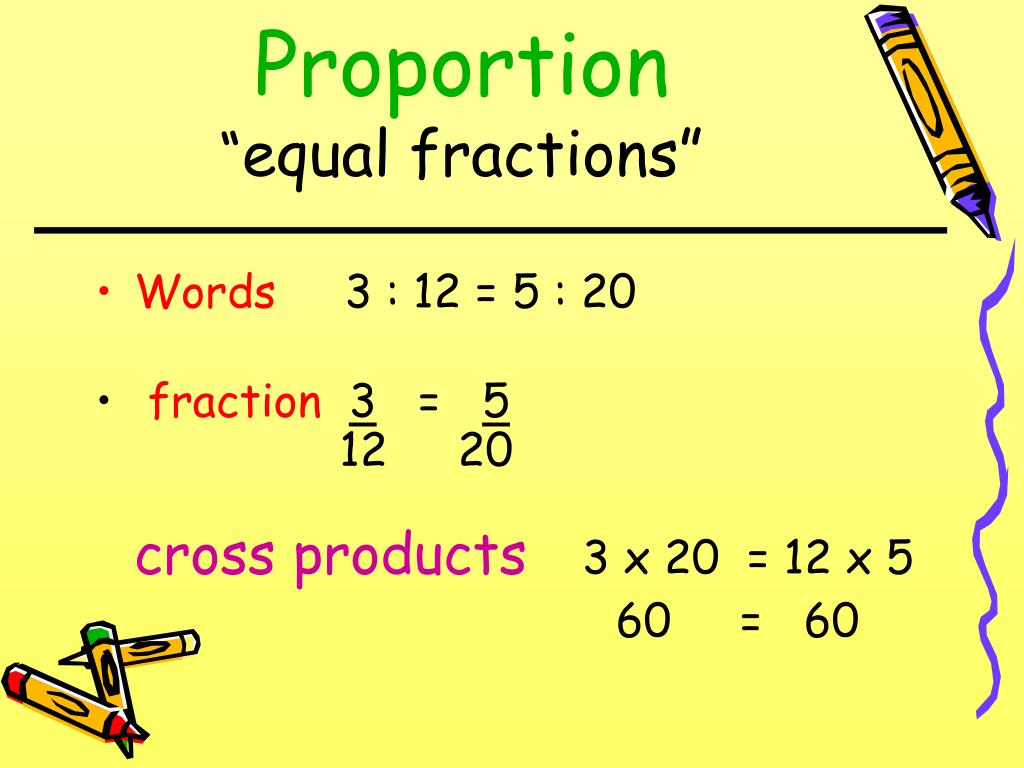


The earnings yield of companies is useful when comparing with yields of bonds. So, Apple has an earnings yield of 7% based on the above calculation which means every dollar invested would generate EPS of 7 cents. Earnings yield– Earnings yield is the reciprocal of PE ratio, e.For example, the Sensex PE touched a high of 29 during the dot-com bubble and a low of 12 during the sub-prime crisis representing an overpriced and underpriced stock market of India, respectively. When the index rises faster than the earnings of the companies comprising the index, PE expansion occurs and vice versa. PE of Index– PE of stock indexes gives an indication of the health of the market representing the index and future direction of the stock prices.For a growing company, the forward PE would be lower than the trailing PE. This section can be deleted: When people talk about PE, it is usually trailing PE.įor example, assuming Apple’s earnings growth rate of 11.57% next year ( analyst forecast from Nasdaq), forward PE as of Dec 14, 2018, would be 12.45x. Trailing PE is more reliable, while forward PE could be misleading if estimates are faulty. Forward PE uses projected earnings per share in its calculation. Trailing PE vs Forward PE – Trailing PE is calculated using actual earnings per share over a specified previous time period.For example, take Tata Power Ltd.’s FY17-18 financials, which disclosed loss from discontinued operations of Rs 71.74 cr we need to consider trailing PE (based on the price of Dec 14, 2018, and earnings of the previous fiscal) of 8.33x, which excludes this loss rather than the PE of 8.11x which includes this loss. But for that comparison to be uniform, we may need to adjust price and earnings for various anomalies like stock splits, one-time gains/losses, dilution effect from convertibles and options, price volatility, etc. Breaking down PE Ratio Formula – PE itself does not have much relevance in isolation but needs to be compared across time/companies to make informed decisions.In other terms, say if Apple’s earnings and share price remain stable at the current level, it needs any investor 13.9 years to recover the share price paid today. Considering the Apple example, you would have to pay $13.89 for every dollar of earnings from Apple. It may be interpreted as the amount that investors are willing to pay to receive one unit of earnings. What is PE Ratio Formula? – Price to Earnings (PE) is one of the most popular ratios formulae that are being used by investors for valuing companies and taking investment decisions.Price to Earnings Ratio = (Market Price of Share) / (Earnings per Share).Price per share as of December 14, 2018, ~ $165.48Īnnual Earnings per share for year ended Sept 30,2018 = $11.91 You can download this PE Ratio Template here – PE Ratio Template


 0 kommentar(er)
0 kommentar(er)
